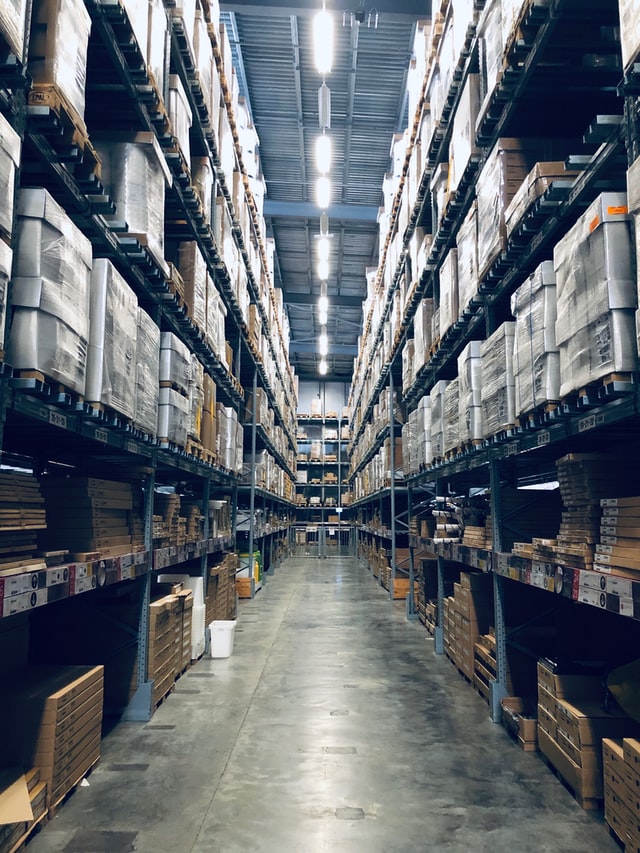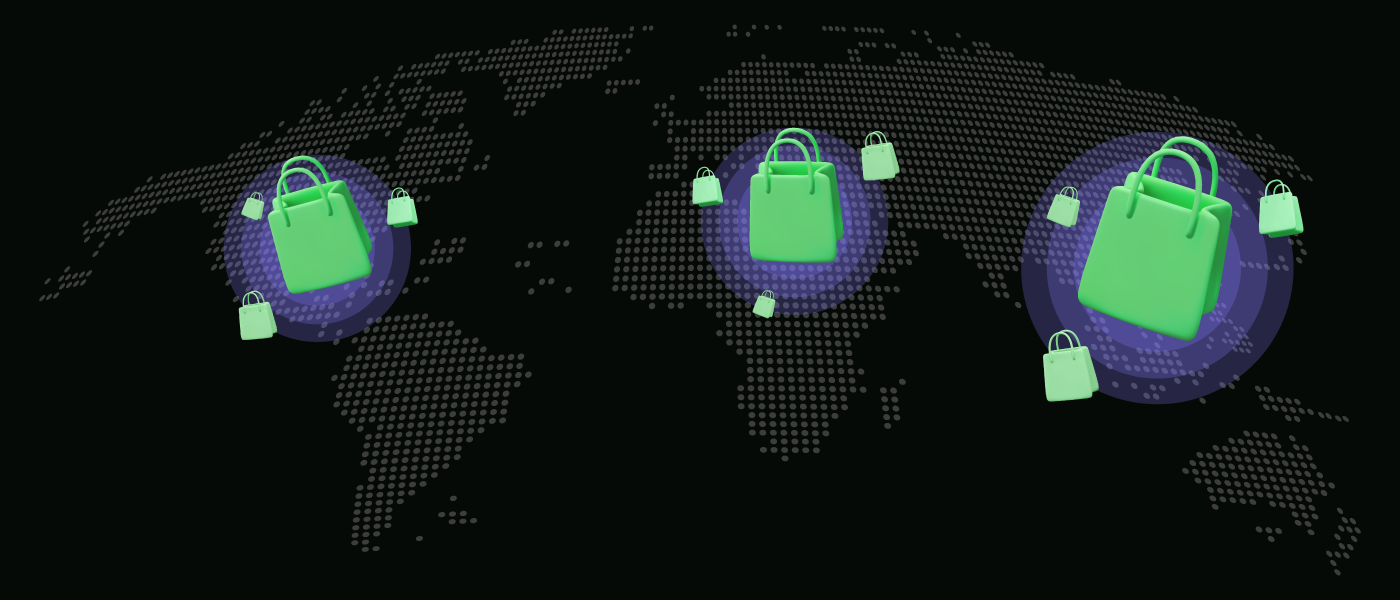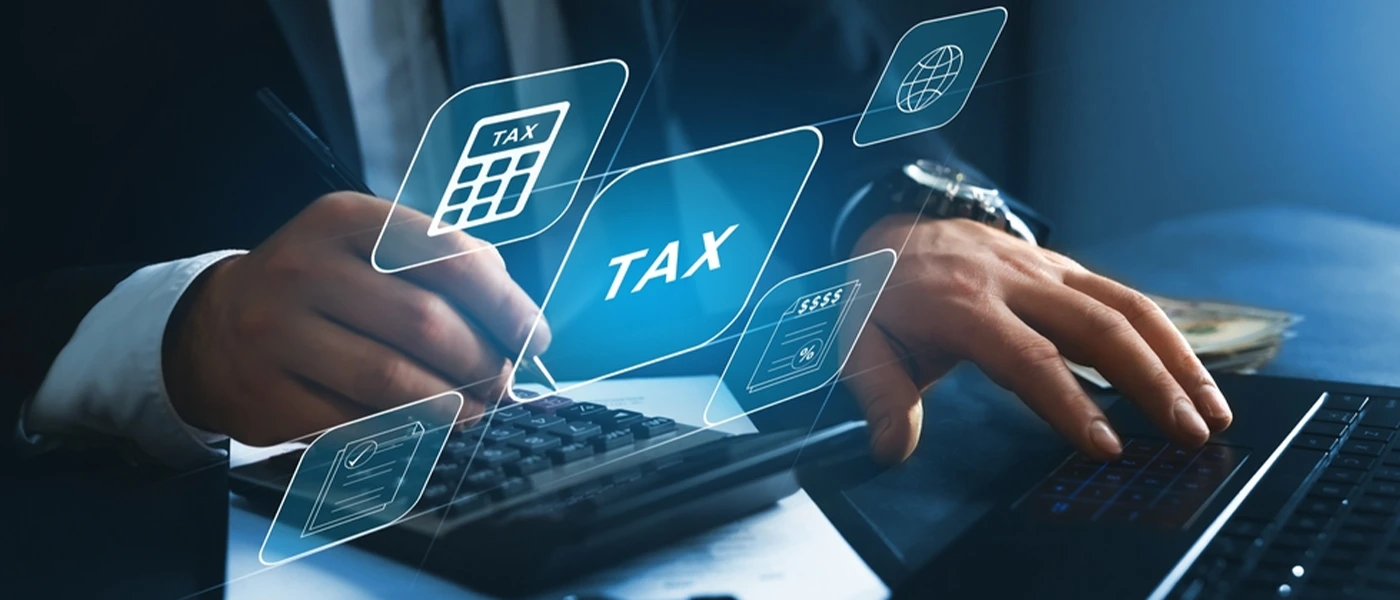The past year has been monumental for eCommerce. The sudden and radical lifestyle changes that came with the outbreak of COVID-19 are without a doubt the biggest reason for this. Stores closing and stay-at-home orders being ubiquitous made it so in-person shopping became more and more scarce, especially for non-essential products and services. Digital Commerce 360 found that online retail sales went up by 32% in 2020 and have increased by 39% in Q1 2021.
This is an unprecedented development for eCommerce, and it looks like this trend is likely to continue even after COVID-19 restrictions loosen up. Consumers aren’t just turning toward eCommerce while they wait for things to go back to normal. They are developing new shopping habits, preferences, and expectations, all of which are better met by eCommerce than by retail shopping. Even though COVID-19 may be temporary, these new habits are more than likely here to stay, meaning that what we’re seeing with eCommerce today isn’t just a blip: it’s a full transformation.
Order fulfillment
The massive and sudden growth of eCommerce has put particular attention on the supply chain. Since customers aren’t going into stores as often, they aren’t walking away with their items in hand immediately after making a purchase. Instead, customers need to wait for their purchased items to reach them. This puts greater visibility on the supply chain, which was previously more of a behind-the-scenes actor in the world of retail.
Of course, customers don’t care about the entire supply chain. There’s only been increased visibility on one area of the whole chain: order fulfillment. This is because fulfillment is the process of the chain that differs the most between eCommerce and retail. In retail shopping, the customer is usually at the end of the fulfillment process when they are making their purchase. In eCommerce, making a purchase is in some cases what begins the fulfillment process altogether!
So what is fulfillment’s new time in the spotlight done? The most important thing is that it has shifted customer preferences. Before, fulfillment wasn’t really an important part of the customer’s experience with shopping, especially not in retail. Retail shoppers are more interested in other parts of the supply chain: where and how something is made before it’s placed behind a window at the store. Ecommerce’s greatest challenge is to compete with retail when it comes to fulfillment, to try to minimize fulfillment time without compromising the quality of service.
So, customers started becoming more and more aware of different options that exist for order fulfillment. Free and fast shipping are obviously the biggest ones. Options like one- or two-day delivery existed before COVID-19, but now that customers have been forced into online shopping they have become more aware of such options and they are forming preferences and expectations around them.
This means that now, more than ever, it’s important to meet and exceed your customers’ expectations when it comes to ordering fulfillment because it has never been more valuable to customers than it is now.
Last-mile innovations
Last-mile delivery is perhaps the most important and expensive part of the fulfillment chain, and COVID-19 has impacted it the most out of the whole fulfillment process. More and more suppliers are forced to invest and innovate their last-mile strategy to keep up with new customer expectations in the area. They can no longer be content with providing long delivery windows and having sub-par customer service regarding shipping. Now, they have to strive for Amazon’s levels of shipping speed (under a week, often one or two days) while making sure that they maintain a clear and active line of communication with customers during the entire process.
Not all businesses have the same access to resources as Amazon does. This has resulted in a growth in the importance of the gig economy when it comes to last-mile solutions. Businesses that seek to boost their logistics performance are starting to work more and more with gig economy services to maintain a high quality of service regardless of scale. Logistics-focused startups are also popping up more often than ever, as brands require their expertise to keep up with the rapid growth of eCommerce.
This means that eCommerce is a space that is ripe for innovation. There is a new and massive demand, new expectations, and newly developing habits that aren’t fully figured out yet. So, new and diverse businesses are coming up with creative solutions to their logistics problems.
This new space for innovation is typically seen by business owners as an opportunity to jump at. Something to take advantage of to get ahead of their competition. However, eCommerce transformed so suddenly that it appears that innovating and being creative with last-mile logistics is a necessity at this point, and doing it would mean you’re only starting to catch up with the rest of the industry.
Changes in packaging
Packaging is another area where things have changed drastically. Customers are becoming more and more conscious of the environmental impact that shipping boxes upon boxes can have — not to mention the mess that too many empty boxes can create around the house. Customers are looking toward smaller, tighter, and minimal packaging. It’s a better decision when it comes to the environment, but it’s also more convenient for the buyer to dispose of smaller boxes after.
But customers aren’t the only ones who are changing their preferences when it comes to packaging. Packaging is important for the entire logistics process. After all, if big empty boxes are clunky around your house, imagine how inconvenient having thousands of big boxes would be! Warehouses are heavily affected by packaging style. Whether your warehouse is fully automated or still using heavy amounts of human labor, unnecessarily big packaging will slow things down. Big boxes are harder to move around, and the sudden increase in orders has shown the shortcomings of inefficient packaging.

Typically, packaging has been carried out by whoever is in charge of logistics, which is often a separate department, if not a separate business entirely. Businesses should take this opportunity to get more involved in their packaging. They should aim to minimize package sizes, and it’s also an opportunity to add a bit more style to your packages so they suit your brand better.
Returns
With an increase in activity in eCommerce, we should expect a complementary increase in order returns. In fact, returning is perhaps a bigger part of eCommerce than it is in retail because eCommerce doesn’t give the option to test the product you’re buying. For example, you can’t try on clothes that you’re buying online, and you don’t know exactly what they look like in person. So buyers are much more likely to complete a purchase and then realize that what they bought isn’t quite what they were looking for, and that usually means returning the item.
Since returning is so important to eCommerce, businesses are forced to ensure that returning processes are better than ever. Gone are the days where making returns inconvenient for the customers was a viable option for businesses. At this point, eCommerce suppliers have to make returning as smooth and as accessible as possible to their customers.
There are many reasons why having a strong return policy is required. One of the main reasons is that it’s good for sales. Most customers check a company’s return policy before making a purchase. Even if customers are confident in wanting an item, having the option to return the item without inconvenience adds an extra layer of reassurance to their purchase. It makes the customer feel as though they’re taking no risks at all when buying a product from you.
Second, it is good for customer retention. Many things can cause a return experience to be dissatisfying for a customer: inconvenient return procedures (e.g. having to make a call to start a return instead of doing it all online), unresponsive customer service, and of course, having to pay for your item to be shipped back. Any of these occurrences could leave a sour taste in a customer’s mouth, and result in them not wanting to return to that business again. If businesses want customers to make multiple, regular purchases with them, then they should expect some returns from time to time. It is paramount to make the ordering process as smooth as possible to ensure the customer comes back after the return is over.
What the last year has taught us about return policies is that the most important things to do are to cover shipping costs on returning items and give a large return window. Even if you’re fully refunding your customer on their return and you offered them free shipping upon purchase, it would feel terrible to have to pay for shipping just to get your money back. That means that by the end of their interaction with your business, a customer will have gained nothing and actually lost money!
The many restrictions and stay-at-home orders have made it difficult for people to leave their houses. Giving customers a large window to return the order is best for both you and the customer, so they don’t feel rushed to go out and get the item shipped to you. And remember, COVID has built new habits, so even after the stay-at-home orders are gone, you should still aim to provide a large return window for your customers, since it’s what they’ll be used to.











